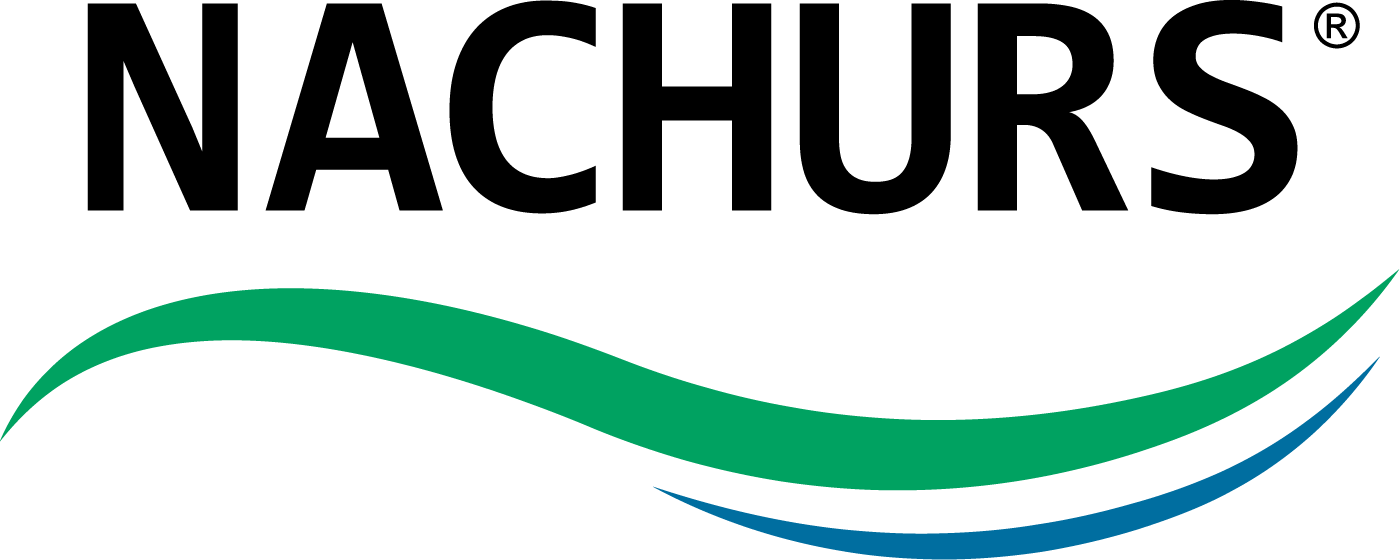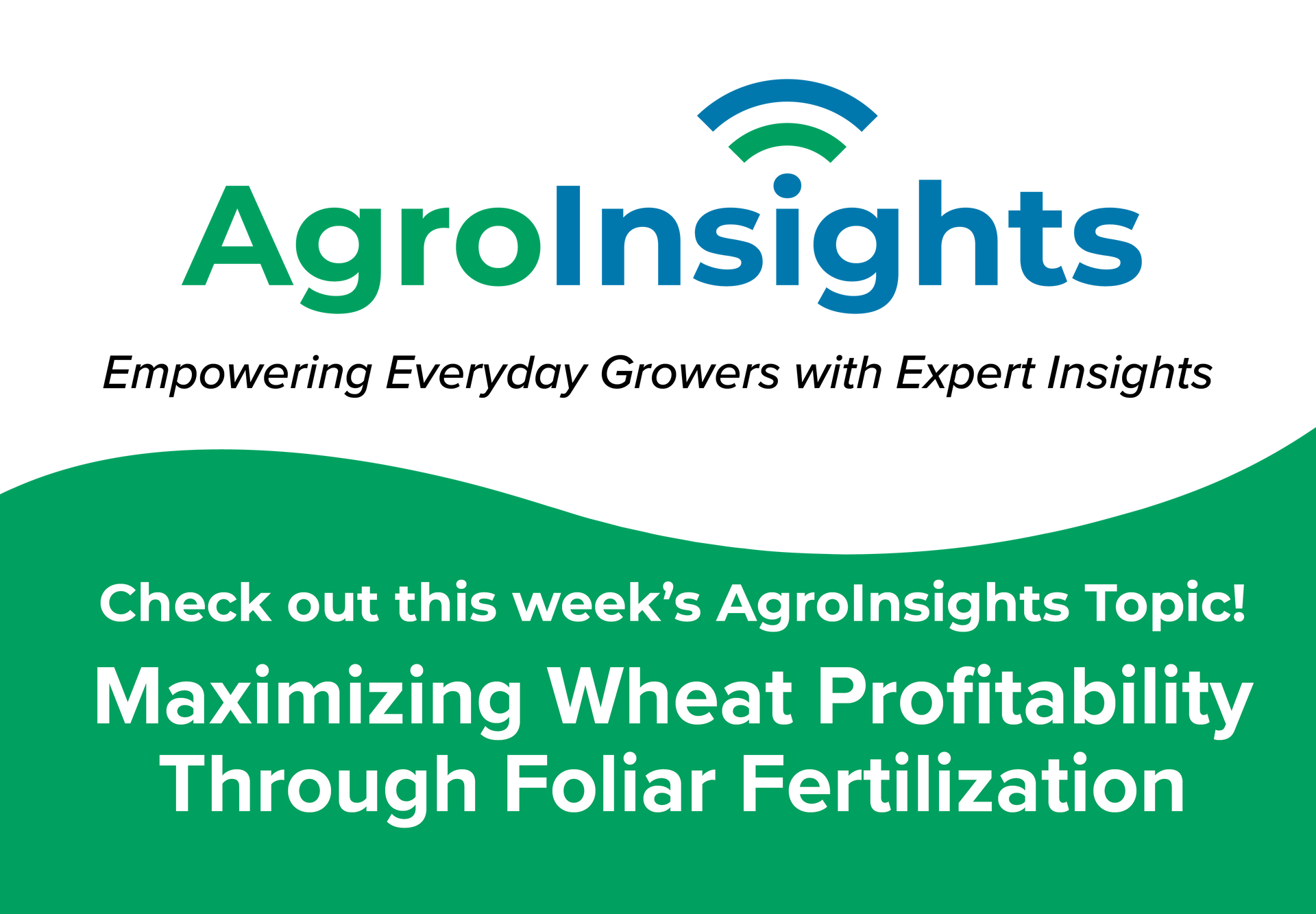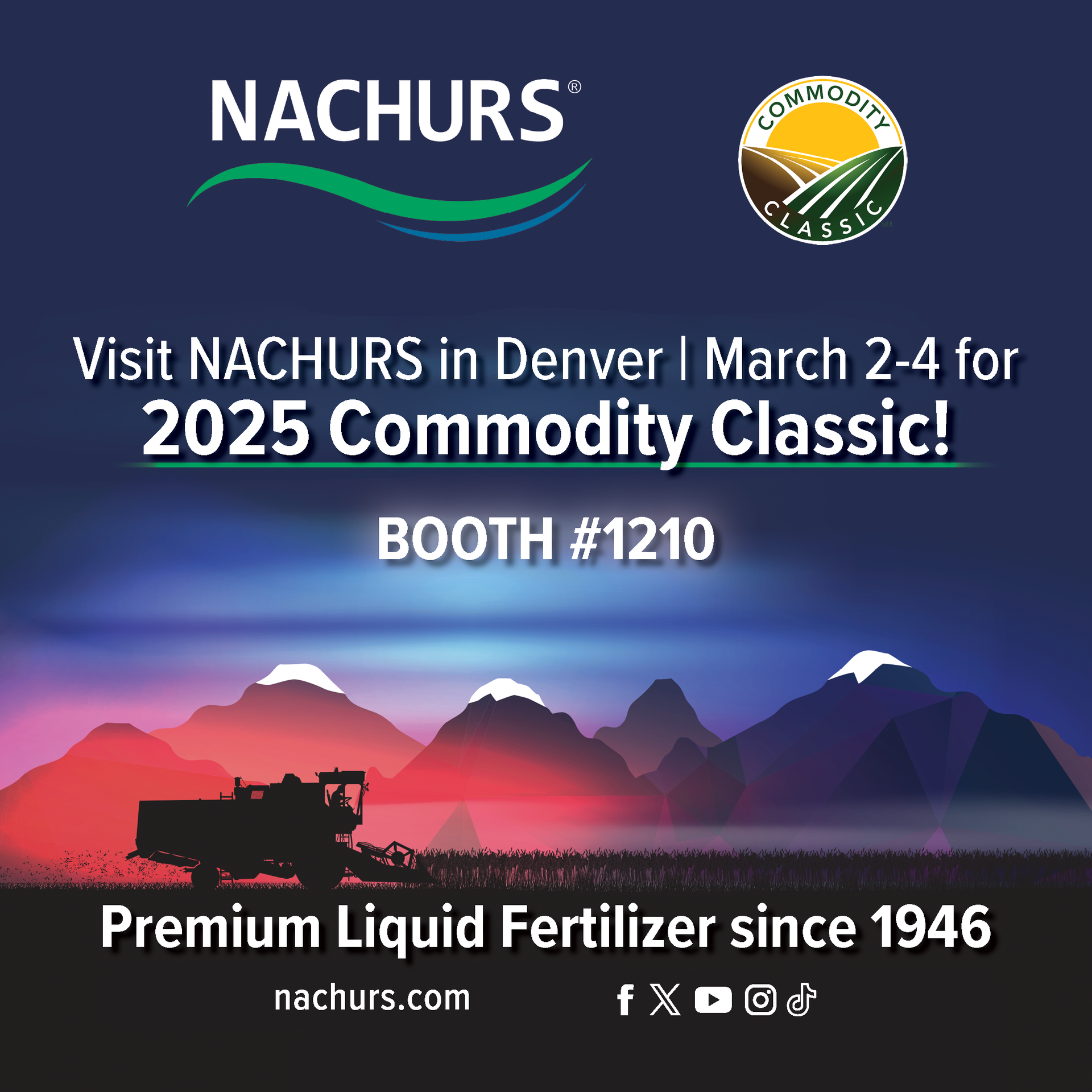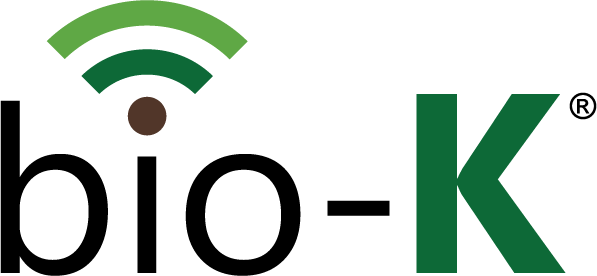It's like looking for a needle in a hay stack!
My travels across the US brings me in contact with all types of growers; Row Crop and Specialty Crop growers both large and well let’s just say not so large. One thing that seems consistent however is that you’re mighty good at what you do. Still, with that being the case, many are on a continual search for something better. Solutions toward a better yield, maybe better quality or a production hurdle that they can’t seem to get pass. Return on investment leads the desire more now than in my previous 35 years in this industry. I find that for most the limitation is not with the big things that you focus much of your time on like your equipment or seed choices. It’s generally not with your choice of pesticides, your choice of tillage nor your choice of nitrogen source but more often than not it ends up being a small detail that becomes the Achilles heel in your production system. In the early 1900’s Justus Von Liebig made popular earlier work, accomplished by German Agronomist Carl Sprengel, describing it best with his analogy of a staved Barrel and his explanation of the Greatest Limiting Factor. Von Liebig describes the contributions to production being likened to the staves of a barrel. Each stave length representing the degree of completeness for supplying each required contribution like Nitrogen, Phosphorus and Potassium or other nutrients and I like to expand that concept to include such things as Growing Degree Days, Moisture or Planting Dates. Von Liebig suggests that whichever production component supplies the crop requirement the least or in his analogy, the shorter stave, becomes your greatest limiting factor. For instance, you can spend all kinds of money on every other component of production but if you don’t sample for micros let’s say and your soil lacks the necessary one pound of Boron or 6 pounds of Zinc then your production may be limited by those minor deficiencies. Something that I point out to my customers is that the Greatest Limiting Factor actually is your Maximum Level of Production. Hundreds of Thousands or perhaps Millions of Dollars stand at risk by not managing the limiting factors. IF today a bag of Seed corn has the genetic potential to produce 600 bushels per acre then we should become Risk Managers seeking out the Limiting Factor. If we don’t we, once we open the bag we automatically lose yield by default. Micros are often the forgotten component. It seems that when money gets tight micros are the first thing to be overlooked or left out of your nutrient program. I see hundreds of soil samples a year come across my desk that don’t even report microelements. You must remember that many, if not most, metabolic functions are impacted by micro elements. I liken it to the analogy that you can’t pull an implement through the field without a hitch pin any more than maximizing production without micros. If the truth be known, you can economize inputs more safely by decreasing your nitrogen input rather than your microelements! Another limitation that many overlook is pH or Parts Hydrogen in the soil. The pH value on the lab report is more than an indication of how much lime you might need but it is also a reflection on how available the resident soil nutrients will be. Part Hydrogen can alter the solubility of many nutrients affecting their State of Oxidation, making nutrient more or less soluble (available). The pH of the soil can also liberate antagonists in the same instance. Let me give you some examples of both. Iron is most soluble in the lower pH ranges and has an identity of a molecule possessing 2+ charges, the plant preferred uptake form of Iron. Increasing the soil pH above 6.5 and higher alters the state of oxidation, favoring both chemical and microbial oxidation which promotes a molecular change to a 3+ and 4+ molecule rendering it less soluble yet favorable to the formation of insoluble complexes such as Iron Phosphate. When this happens neither the iron nor phosphorus is available to the crop. Another example would be Zinc. Zinc is most available at a pH of 5.0 yet on more acid soils Zinc is absorbed by compounds of Iron and Aluminum where as in alkaline soils Zinc can be absorbed on the clay complex of some soils. Yet another example would be the solubility of Aluminum. In highly weathered soils, quite often Aluminum resides in higher levels. When pH gets below 5.0 it becomes very soluble and due to the 3+ charge of the molecule, it becomes a favored complexing partner to Phosphorus, forming an insoluble Aluminum Phosphate compound, again converting available phosphorus to unavailable phosphorus. You can see how pH has a much bigger impact on solubility and availability than one might think. I’m including chart that provides an example of nutrient availability at different pH ranges. This can be a helpful tool when looking at your soil test reports. Something else you might wish to consult is Mulder’s Chart of Nutrient Interactions, you can find it on the web quite easily. My last comment is on the interrelationship of nutrients. When you consider a single nutrient, you must remember that EVERY SINGULAR nutrient depends on other supporting nutrients to help meet its full potential. I have spent a lot of time researching this subject and to spare you the time yourself here is a list of the more common nutrients and their support crew. NitrogenManganese, Sulfur, Molybdenum, Iron, Carbon, Oxygen, Hydrogen, Phosphorus and Copper PhosphorusMagnesium, Calcium, Copper, Iron, Zinc, Boron, Molybdenum, Carbon, Hydrogen, Oxygen and Manganese PotassiumMagnesium, Manganese, Iron, Calcium and Sodium CalciumPhosphorus, Boron, Ammonium N, Potassium, Magnesium and Cobalt MagnesiumIron, Sulfur, Manganese and Copper SulfurPotassium, Nitrogen, Phosphorus, Carbon, Hydrogen and Oxygen ZincPhosphorus, Molybdenum and Boron ManganeseMolybdenum, Calcium, Iron, Copper and Magnesium IronPhosphorus, Potassium, Copper, Manganese, Molybdenum and Magnesium CopperNitrogen, Iron, Phosphorus and Molybdenum BoronPhosphorus, Calcium and Molybdenum MolybdenumNitrogen, Phosphorus, Zinc, Manganese, Copper and Cobalt If for no more reason than those just outlined you must consider every component of production, even the smallest of details. The next time you look over a soil test report, start with the small details first then work your way to the major items, you might be surprised what needles you find in the haystack!- Jay Castleman, Specialty Crop Market Manager
My travels across the US brings me in contact with all types of growers; Row Crop and Specialty Crop growers both large and well let’s just say not so large. One thing that seems consistent however is that you’re mighty good at what you do. Still, with that being the case, many are on a continual search for something better.
Solutions toward a better yield, maybe better quality or a production hurdle that they can’t seem to get pass. Return on investment leads the desire more now than in my previous 35 years in this industry. I find that for most the limitation is not with the big things that you focus much of your time on like your equipment or seed choices. It’s generally not with your choice of pesticides, your choice of tillage nor your choice of nitrogen source but more often than not it ends up being a small detail that becomes the Achilles heel in your production system.
In the early 1900’s Justus Von Liebig made popular earlier work, accomplished by German Agronomist Carl Sprengel, describing it best with his analogy of a staved Barrel and his explanation of the Greatest Limiting Factor. Von Liebig describes the contributions to production being likened to the staves of a barrel. Each stave length representing the degree of completeness for supplying each required contribution like Nitrogen, Phosphorus and Potassium or other nutrients and I like to expand that concept to include such things as Growing Degree Days, Moisture or Planting Dates.
Von Liebig suggests that whichever production component supplies the crop requirement the least or in his analogy, the shorter stave, becomes your greatest limiting factor. For instance, you can spend all kinds of money on every other component of production but if you don’t sample for micros let’s say and your soil lacks the necessary one pound of Boron or 6 pounds of Zinc then your production may be limited by those minor deficiencies. Something that I point out to my customers is that the Greatest Limiting Factor actually is your Maximum Level of Production . Hundreds of Thousands or perhaps Millions of Dollars stand at risk by not managing the limiting factors.
IF today a bag of Seed corn has the genetic potential to produce 600 bushels per acre then we should become Risk Managers seeking out the Limiting Factor. If we don’t we, once we open the bag we automatically lose yield by default.
Micros are often the forgotten component. It seems that when money gets tight micros are the first thing to be overlooked or left out of your nutrient program. I see hundreds of soil samples a year come across my desk that don’t even report microelements. You must remember that many, if not most, metabolic functions are impacted by micro elements. I liken it to the analogy that you can’t pull an implement through the field without a hitch pin any more than maximizing production without micros. If the truth be known, you can economize inputs more safely by decreasing your nitrogen input rather than your microelements!

Another limitation that many overlook is pH or Parts Hydrogen in the soil. The pH value on the lab report is more than an indication of how much lime you might need but it is also a reflection on how available the resident soil nutrients will be. Part Hydrogen can alter the solubility of many nutrients affecting their State of Oxidation, making nutrient more or less soluble (available). The pH of the soil can also liberate antagonists in the same instance. Let me give you some examples of both.
Iron is most soluble in the lower pH ranges and has an identity of a molecule possessing 2+ charges, the plant preferred uptake form of Iron. Increasing the soil pH above 6.5 and higher alters the state of oxidation, favoring both chemical and microbial oxidation which promotes a molecular change to a 3+ and 4+ molecule rendering it less soluble yet favorable to the formation of insoluble complexes such as Iron Phosphate. When this happens neither the iron nor phosphorus is available to the crop.
Another example would be Zinc. Zinc is most available at a pH of 5.0 yet on more acid soils Zinc is absorbed by compounds of Iron and Aluminum where as in alkaline soils Zinc can be absorbed on the clay complex of some soils.
Yet another example would be the solubility of Aluminum. In highly weathered soils, quite often Aluminum resides in higher levels. When pH gets below 5.0 it becomes very soluble and due to the 3+ charge of the molecule, it becomes a favored complexing partner to Phosphorus, forming an insoluble Aluminum Phosphate compound, again converting available phosphorus to unavailable phosphorus.
You can see how pH has a much bigger impact on solubility and availability than one might think. I’m including chart that provides an example of nutrient availability at different pH ranges. This can be a helpful tool when looking at your soil test reports. Something else you might wish to consult is Mulder’s Chart of Nutrient Interactions , you can find it on the web quite easily.
My last comment is on the interrelationship of nutrients. When you consider a single nutrient, you must remember that EVERY SINGULAR nutrient depends on other supporting nutrients to help meet its full potential. I have spent a lot of time researching this subject and to spare you the time yourself here is a list of the more common nutrients and their support crew.
Nitrogen
Manganese, Sulfur, Molybdenum, Iron, Carbon, Oxygen, Hydrogen, Phosphorus and Copper
Phosphorus
Magnesium, Calcium, Copper, Iron, Zinc, Boron, Molybdenum, Carbon, Hydrogen, Oxygen and Manganese
Potassium
Magnesium, Manganese, Iron, Calcium and Sodium
Calcium
Phosphorus, Boron, Ammonium N, Potassium, Magnesium and Cobalt
Magnesium
Iron, Sulfur, Manganese and Copper
Sulfur
Potassium, Nitrogen, Phosphorus, Carbon, Hydrogen and Oxygen
Zinc
Phosphorus, Molybdenum and Boron
Manganese
Molybdenum, Calcium, Iron, Copper and Magnesium
Iron
Phosphorus, Potassium, Copper, Manganese, Molybdenum and Magnesium
Copper
Nitrogen, Iron, Phosphorus and Molybdenum
Boron
Phosphorus, Calcium and Molybdenum
Molybdenum
Nitrogen, Phosphorus, Zinc, Manganese, Copper and Cobalt
If for no more reason than those just outlined you must consider every component of production, even the smallest of details.


